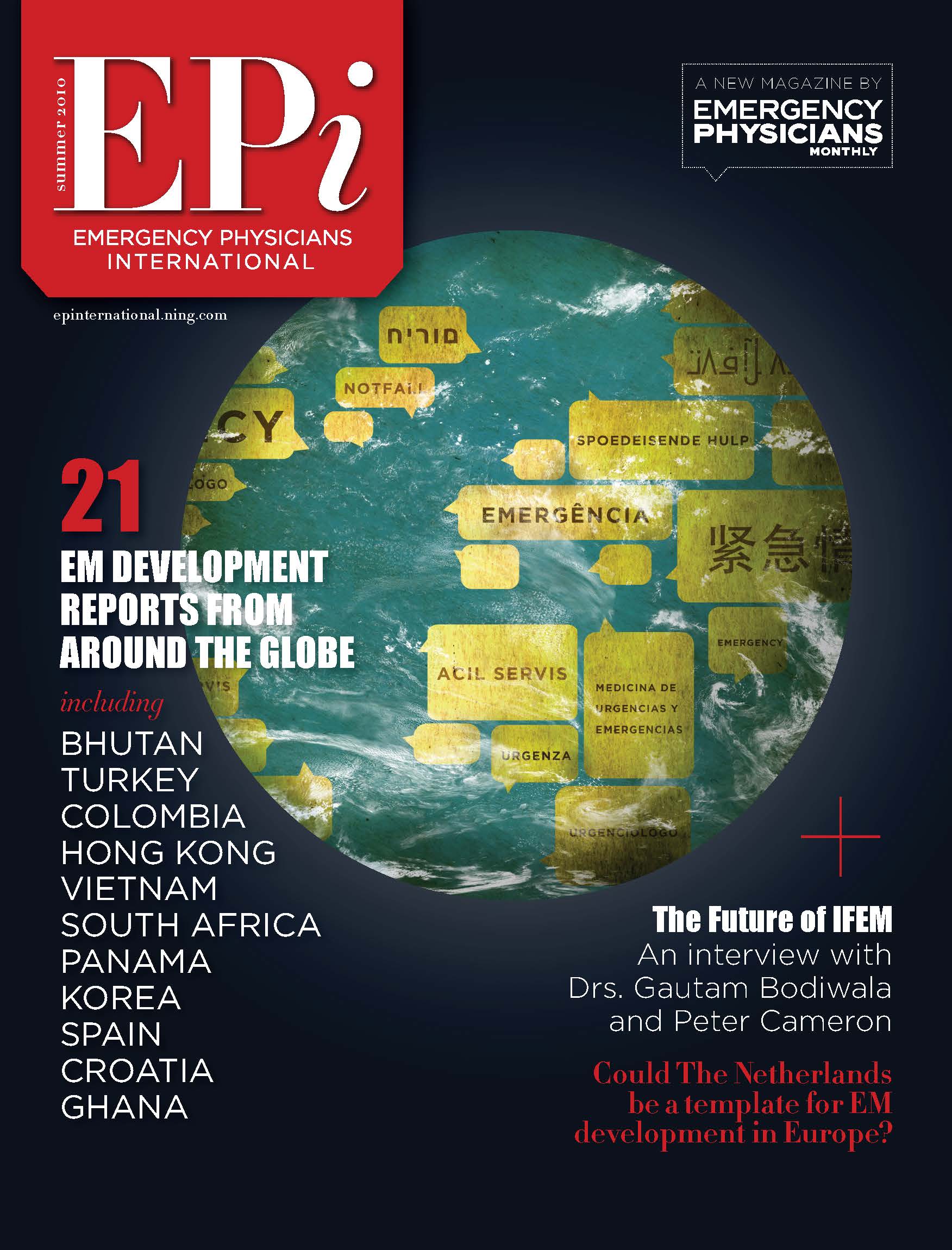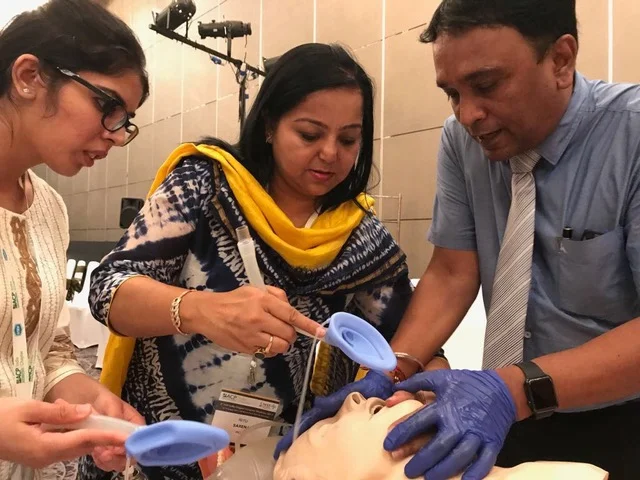Cross-Border Education: The MedSpanish Experience
While nearing the end of residency, I wanted to do something different on elective, so I decided to take head South of the Border. In San Miguel de Allende, Mexico, I took part in PACEMD’s MedSpanish Program. This experience changed me as an individual, broadening my horizons while enlightening me with a new, practical skill set.
To start, San Miguel is a place like no other. Its heart and character are rooted in its beautiful history. From the second I began walking these culturally rich streets, I knew why it was chosen as a UNESCO protected Heritage site. Every corner you turn in the downtown center of San Miguel, don’t be surprised to encounter live music, festivals, or celebrations whose origins date back to antiquity. The food is rich, diverse, and unique. The people are proud, happy, accommodating, and full of life. There was never a second I didn’t feel safe. The nightlife was live and exciting. Meanwhile the city is surrounded by incredible nature and history; from hiking to archeological sites to a whole list of nearby cities with beautiful and distinctive culture in their own right.
I began the MedSpanish program at a time where PACE was holding its Global Forum for Emergency Care and Obstetrics. I’ve done ACEP, I’ve presented at AAEM, but this was a conference like no other. There was an intrinsic goal amongst all providers alike; to expand knowledge and improve care throughout the places they love in Latin America. From Chile to Brazil to the U.S. and our neighbors in Mexico, everyone came together in training. Thousands of practitioners (General Doctors, Obstetricians, Emergency Specialists, Nurses, Family Physicians, Paramedics, EMTs, and a wide variety of other subspecialists), came together and were participating in various courses; including ACLS, Helping Babies Breathe, PALS, BLS, and ALSO (Advanced Life support in Obstetrics). Expanding ALSO was a core theme, as this is a new certification which has the potential to drastically improve quality of care globally. Throughout the week training continued on Point of Care Ultrasound. Lectures were provided by Dr. Judith Tintinalli, Robert Suter, Terrence Mulligan, Jeff Solheim ( president of ENA), Ken Iserson, and many other world renownend care providers. (Learn more about the next Pan-American Forum in Emergency Care and Global Health here.)
Following the conference, each day at MedSpanish was initiated with a few hours of one-on-one instruction in medical and basic Spanish. My teacher was friendly, fun, and had a wealth of experience in teaching. Fluent in both English and Spanish, she had the ability to quickly recognize my knowledge gaps which required closer attention and improvement. I looked forward to meeting with her daily. Following this, I would head to my clinical rotations. I had the pleasure of participating in four different activities: working with the Mexican Red Cross (Cruz Roja Mexicana), Rural Health Brigades, CAISES public health clinic, and the public hospital Emergency Department.
I began by working with the Cruz Roja Mexicana. While here I had the opportunity to witness and participate in prehospital care in Mexico. Their providers were highly trained and I was surprised by the amount of resources they had available on their ambulances. They did a great job integrating me into their team, and always sought my advice regarding patient management and disposition. Their team loves what they do and are excited by their practice. As an emergency provider, they were thirsty to pick my brain. This resulted in our developing some straightforward lectures on airway, electrocardiogram, and ACLS for their team; after which they enthusiastically requested my return.
Next, I headed to the government-operated CAISES health clinic. Run by general practitioners, they provide healthcare to those with government insurance (Seguro Popular) throughout Mexico. Their spectrum of care far exceeded what I expected. While working alongside my friend, Dr. Diego Elias, I witnessed him utilize ultrasound within the office for diagnosis of a long list of complaints, while managing various complex cases outside the realms of the hospital. Most patient complaints within their clinic were similar to those we see in EDs in the United States, though without the resources, making history-taking and physical exam that much more important. That creating a golden opportunity to practice Spanish.
Multiple days per week, there was also the opportunity to participate in community health brigades. This is where you bring healthcare to those who don’t have the opportunity to seek it themselves. Here, mobile health clinics are set up outside of schools and other highly trafficked strategic areas, with the focus on seeing as many patients’ as possible in a short period of time. For instance, we set up in a poverty-stricken ranching neighborhood not far from the outskirts of San Miguel. The people, as well as the staff, were beyond appreciative of the care we provided. While seeing patients alongside physicians who run this initiative, there was another team of PACE educators teaching CPR to parents and community members within the school.
While in the Mexican Emergency Department, you witness our trade being practiced in a fashion that is clinically rich, yet resource limited. They see a wide variety of patients, so the utilization of resources requires a higher level of justification, therefore requiring a larger amount of trust in ones’ own gestalt. In some aspects this creates a more highly skilled practitioner when it comes to putting hands on the patient. My favorite part of rotating through their ED was the culture amongst the staff. The camaraderie and decorum amongst them was like something I’ve never seen. Everyday I walked into the ED, I was genuinely greeted by all staff who truly took pride in spending their days together helping members of their community. Coming from the Northeast, I was not used to this. I was provided a high quality ultrasound to try to push the culture of medicine towards its use for bedside diagnosis, to which they were very receptive.
Since leaving Mexico, I’ve found the knowledge I picked up within the program highly useful. I strongly advocate for junior as well as senior colleagues, with all levels of Spanish to find a way to participate in this program at some point in their lives. As a residency elective, it was a once in a lifetime experience. As a life experience, it’s one that I plan to embrace again and again.







